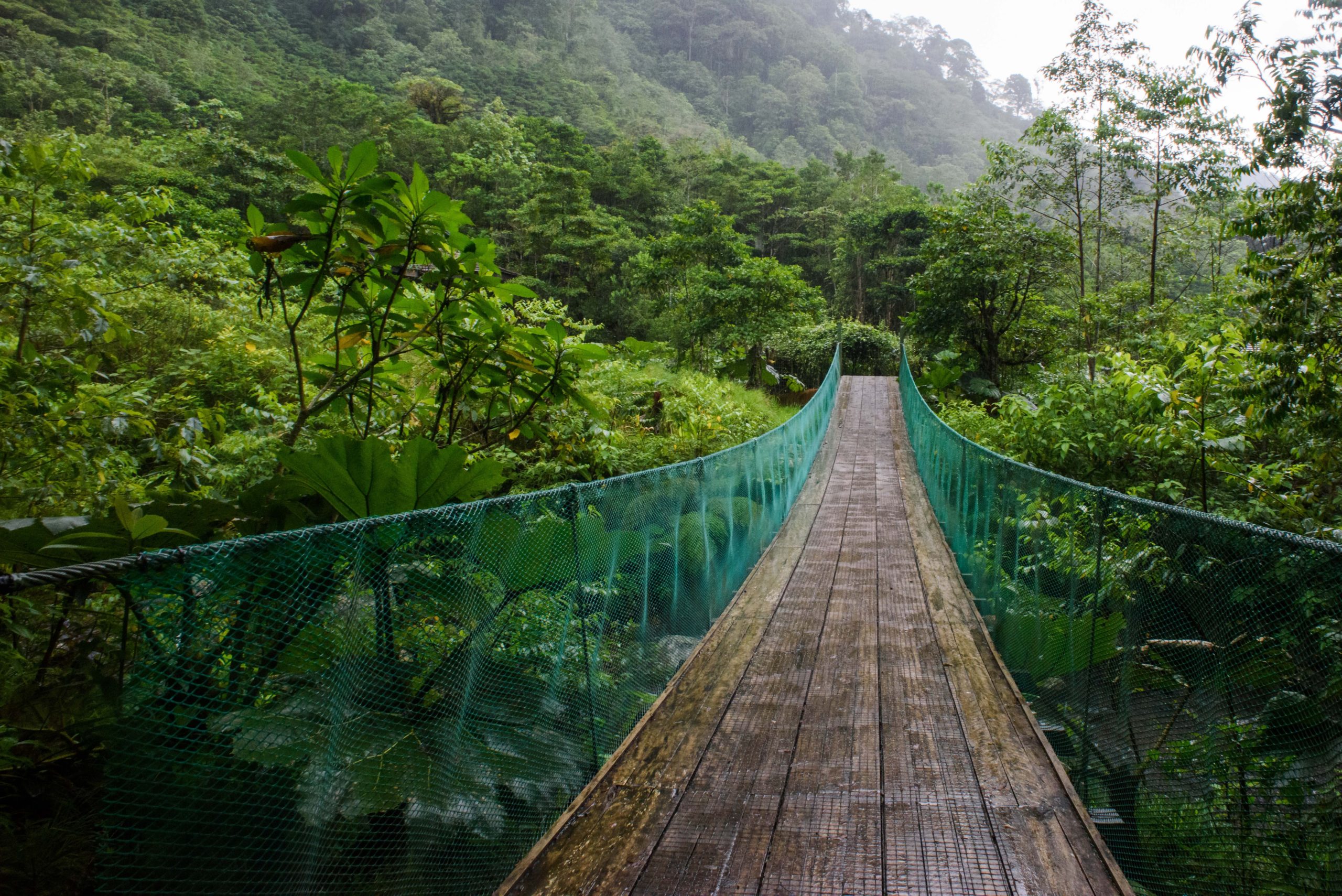This is our Costa Rican coffee guide.
The Republic of Costa Rica is one of the smallest countries in Central America. It's located between the Pacific Ocean to the west and the Caribbean Sea to the east, on a narrow isthmus that connects North and South America.
The people of Costa Rica have a special, respectful attitude towards coffee. In this country, only high-quality Arabica beans are grown, and the cultivation of Robusta is generally prohibited by law. There is even a coffee bean monument in Costa Rica.
Costa Rican Coffee History

Coffee came to Costa Rica from Cuba in 1729, and since then this small country has grown into a giant in the coffee industry.
The export of whole-bean Costa Rican coffee began in 1820. Costa Rica grows only Arabica—Robusta has been banned in the country since the mid-1990s. But there are more than a dozen varieties of Arabica beans in Costa Rica's exports.
Costa Rican coffee production in 2019 was 1.3 million 60-kg bags. Today, Costa Rica is the 15th largest exporter of the best coffee beans in the world.
Climate and Coffee Production in Costa Rica
The climatic conditions of Costa Rica are perfect for growing coffee trees. Coffee is grown on high-altitude plantations where the volcanic soil is rich in essential trace elements.
Costa Rican coffee plantations are located at elevations above 1,500 meters. Thanks to this, the coffee beans become especially hard and acquire the desired acidity.
Coffee trees are protected from the hot sun by specially planted eucalyptus and banana trees. The shadier the coffee plantation, the larger and darker the coffee beans will be. Cool nights in the mountains ensure the coffee beans ripen slowly so they're saturated with valuable substances.
Costa Rican coffee is harvested by hand, thus ensuring the integrity of the beans. More than 90% of the country's coffee crop is exported, and Costa Ricans strictly adhere to the standards of growing, harvesting, and processing coffee beans.
And because coffee beans harvested during the rainy season are not yet fully ripe, they are prohibited from being exported. This coffee is only sold on the domestic market.
For Costa Ricans, coffee is a cultural heritage.
Costa Rican Coffees
Costa Rica classifies coffee varieties based on the elevation at which they are grown. The best coffee is marked with the SHB label. It grows at elevations of over 1,500 meters above sea level and its beans are particularly hard.
It is worth highlighting Costa Rica La Minita and La Minita Tarrazu varieties—these coffee beans are grown in the Tarrazu region on the plantations of the La Minita estate. About 70 tons of such coffee is supplied to the market annually, and it is highly valued—the beans are sorted by hand and only the best are chosen for further processing, resulting in an exquisite drink with a deep, rich aroma.
A famous brand that sells the best Costa Rican coffee beans is Café Britt. These beans are grown on mountain slopes, are sorted by hand, and several varieties are sold on the global market. Café Britt coffee is characterized by a relatively low caffeine content; despite this, the drink is quite thick and has a rich taste and aroma.
In addition, Costa Rica grows varieties such as San Marcos (which has a rich, intense flavor profile with a slight acidity), Santa Rosa, Tres Rios, Heredia, and many others.
Costa Rican exports beans of impeccable quality with the best taste and aroma. Because coffee is one of the main sources of income in this country, quality control of coffee beans is very strict. Thanks to this, Costa Rican coffee has an excellent reputation all over the world, and is in particular demand among those who like a drink that's not too strong but that has an excellent flavor profile.
Conclusion
You can order Costa Rican coffee beans online, but if you have the opportunity to visit this country, we advise you to do so.
In Costa Rica, tourists can take interesting coffee tours of high-altitude plantations. Guides explain the history and production of Costa Rican coffee with enthusiasm and pride. Costa Ricans are not afraid to share their love of coffee with others.
